The mystery of death has fascinated humans for millennia. Each culture creates its own ceremonies, superstitions, and fears around death. Let’s take a look at the varied belief systems that help people understand what happens after we die.
A Doorway
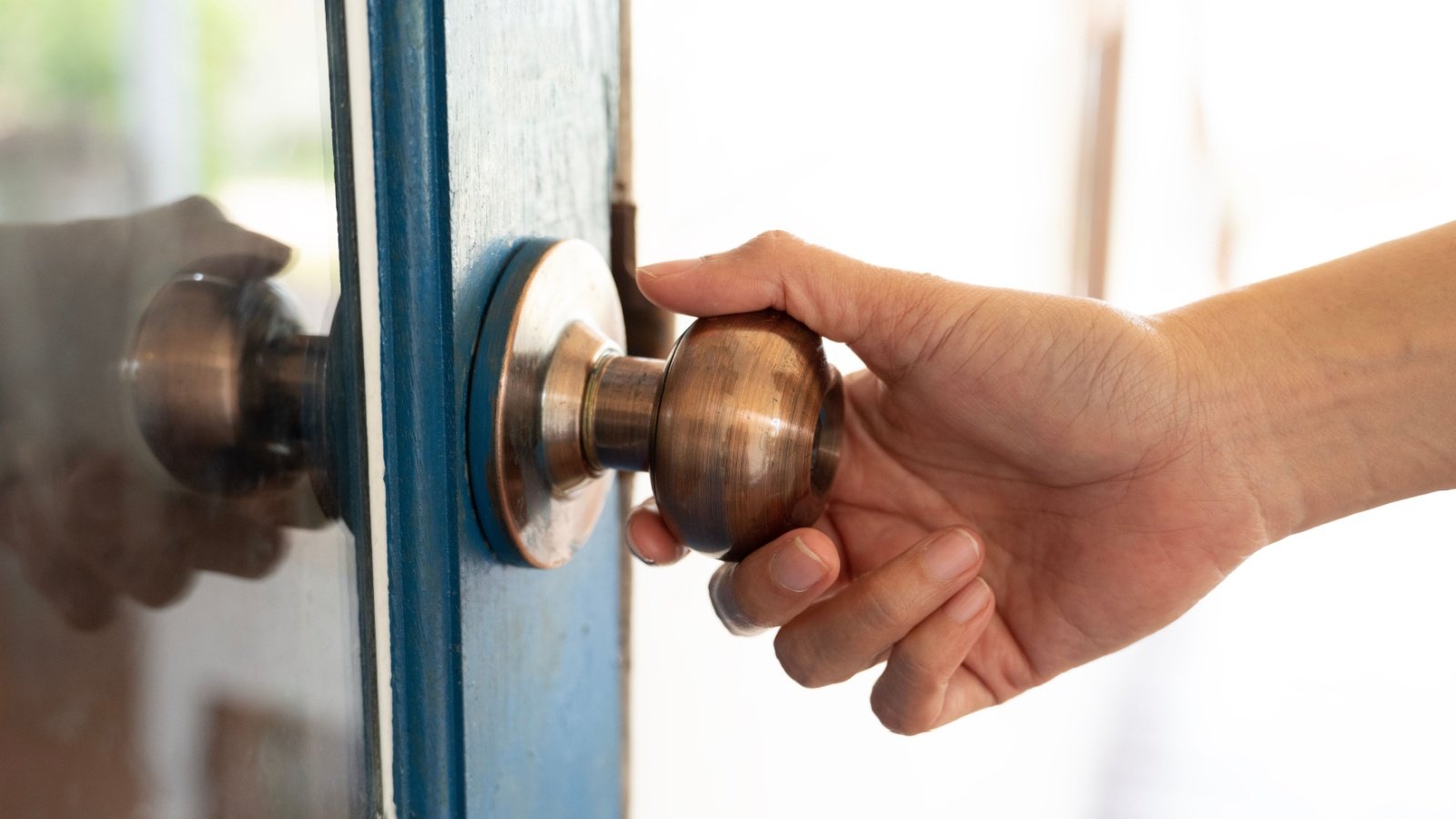
Many cultures view death as a transition to a different existence, not the end. This perspective can be comforting but lacks empirical evidence. It’s a belief that helps many cope with the inevitability of death.
Dead Communication

Mediums and psychics often claim they can speak with the dead. However, scientific studies have repeatedly found no reliable evidence to support these claims. Believing in such communication can complicate the grieving process.
Ghosts

The idea of ghosts as unsettled spirits comes from folklore and not scientific fact. Ghost sightings often have psychological or environmental explanations. Belief in ghosts can be seen as a manifestation of grief and loss.
Universally Somber
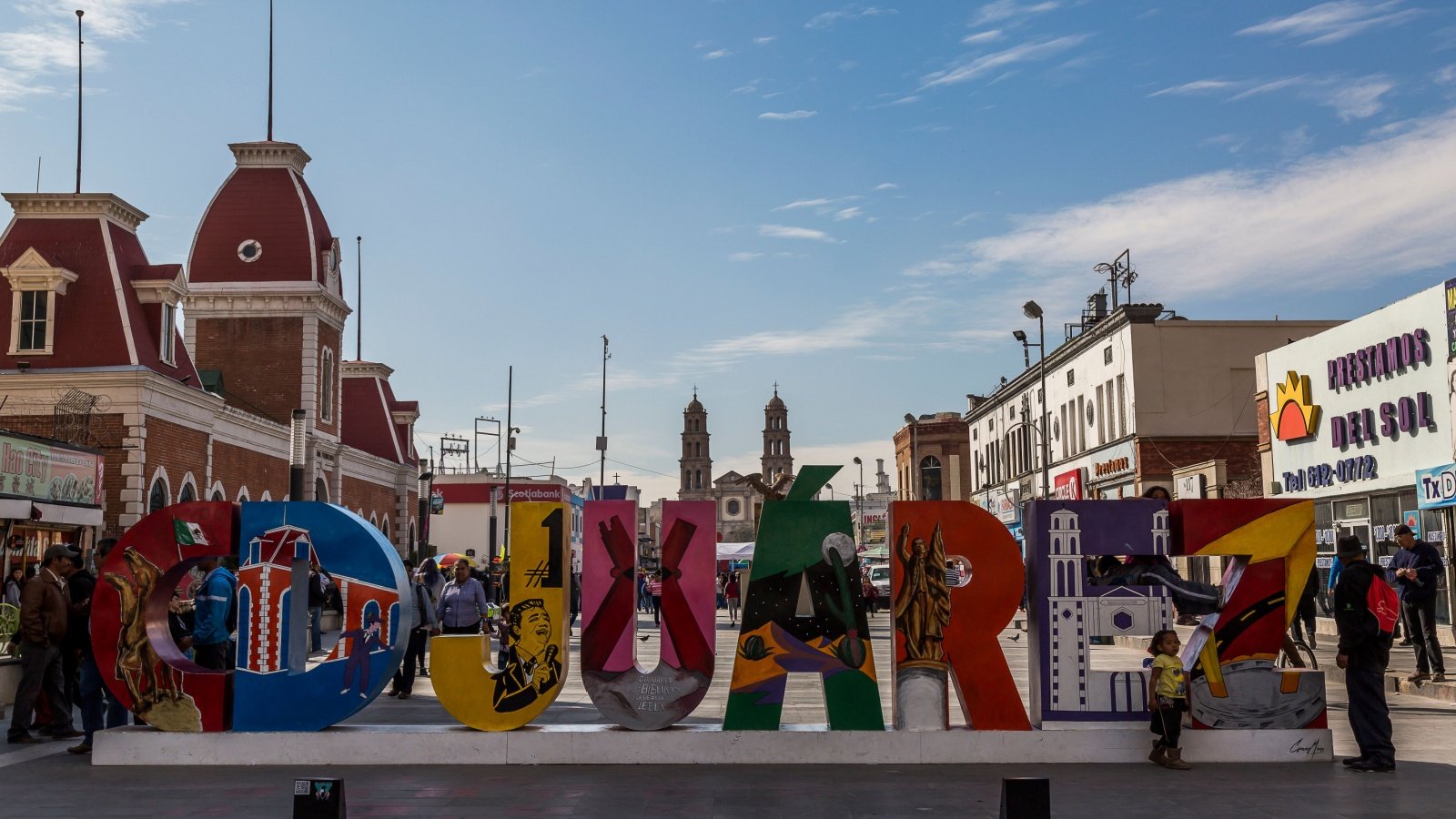
Cultural practices around death vary greatly, with some incorporating celebration and joy. For example, the Mexican Day of the Dead involves festive activities to honor deceased loved ones. Understanding these differences can broaden our perspective on death.
Funerals

Funerals serve primarily to help the living cope and commemorate the deceased. They provide a ritual for mourning and can aid in the grieving process. The ceremony is less about the deceased’s needs and more about providing closure for survivors.
Cremation
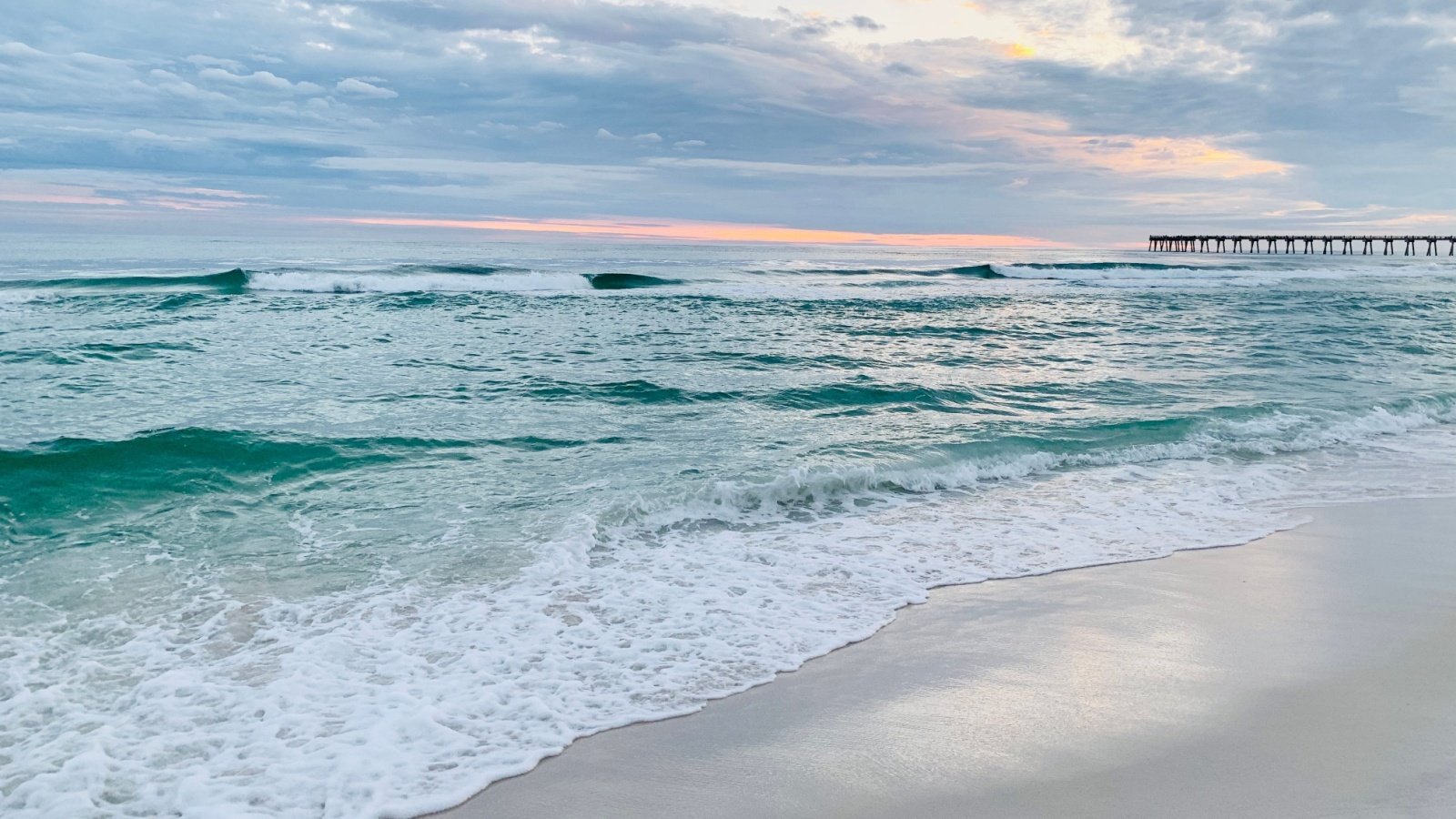
Cremation is an ancient practice and a common method across many cultures. It is seen as a sanitary, space-saving, and often economical choice. Modern crematoriums operate under strict regulations to ensure dignity and environmental care.
Fear

Some cultures have a more accepting and integrated view of death than others. For example, Buddhist teachings often embrace the concept of impermanence and the natural cycle of life and death. The attitude toward death can significantly influence how individuals live their lives.
Ultimate Tragedy

While death can be a profound loss, it is also a natural part of life. Many philosophies and religions teach that death gives life meaning and context. Viewing death solely as a tragedy can overshadow the importance of how one lived.
Pain

Not all deaths involve suffering; some are quite peaceful. Palliative care has advanced to manage pain effectively in terminal cases. The process of dying can vary greatly depending on the circumstances.
Delaying Death

While a positive mindset can impact recovery in some illnesses, death is ultimately unavoidable. No amount of mental strength can indefinitely postpone dying when the body fails. Accepting this limitation can lead to more meaningful healthcare decisions.
Immediate Decays

Decomposition is a gradual process influenced by various factors including environment and preservation methods. Embalming can significantly slow down the decay process. Understanding decomposition is crucial in fields like forensic science.
Children
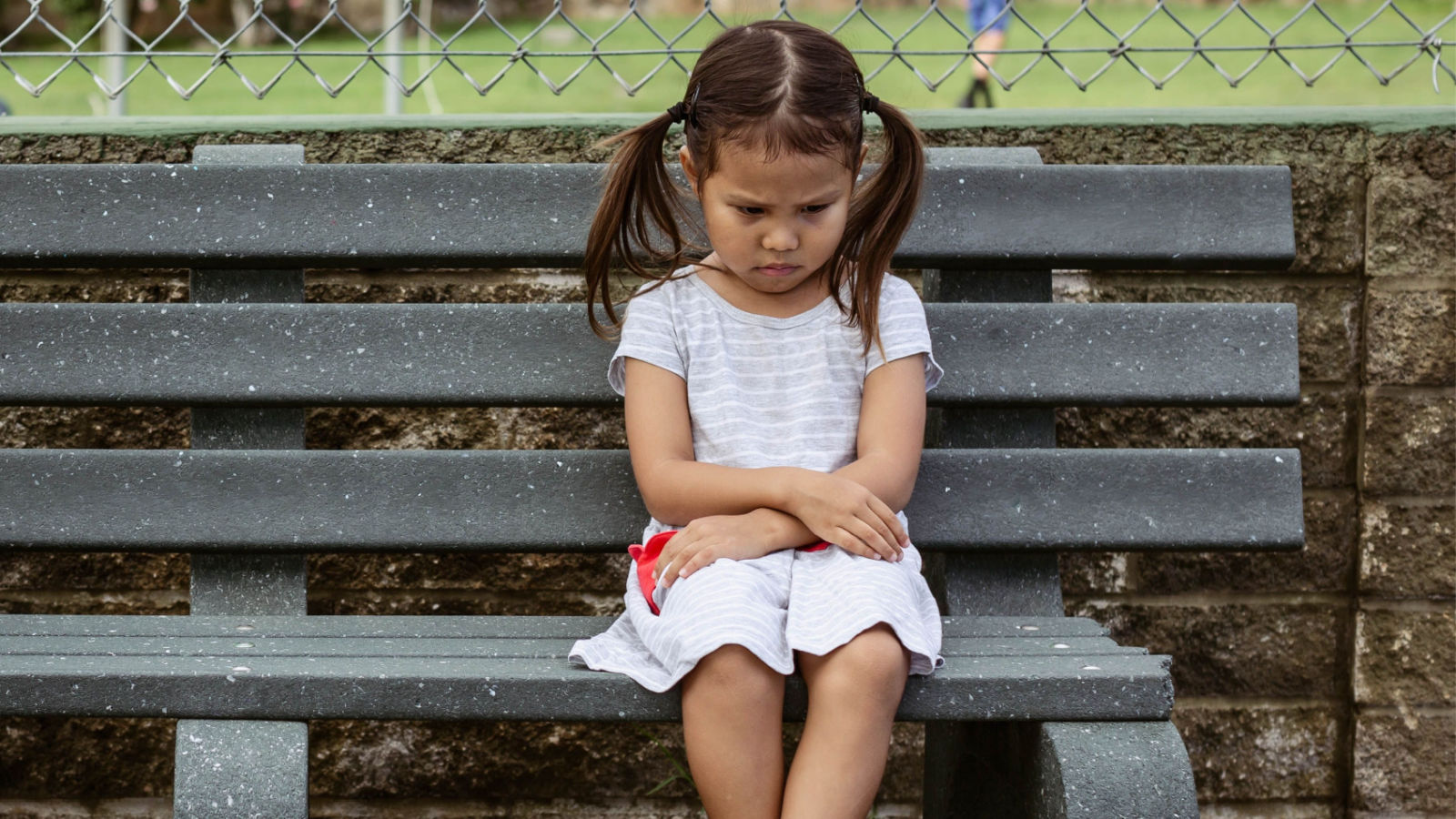
Children are capable of understanding the concept of death at a surprisingly early age. Discussions about death should be age-appropriate and honest. Engaging with children about this topic can help them deal with loss better.
Immortality

Current technology and medicine cannot achieve true immortality. Research into extending life and combating aging continues, but death remains a certainty. The quest for immortality reflects humanity’s innate fear and fascination with death.
Animals
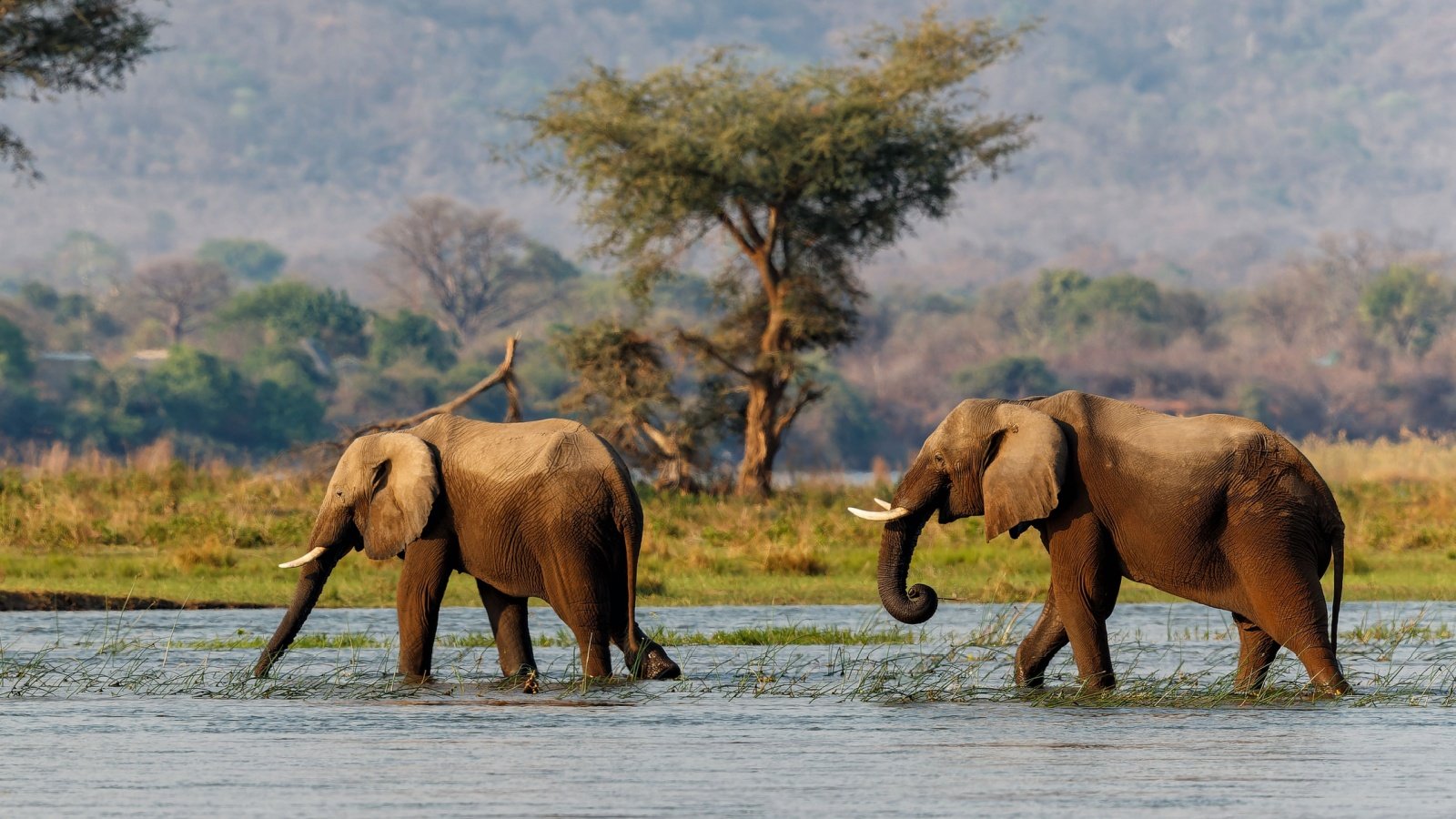
Many animal species display behaviors consistent with grief after the loss of a companion. Elephants and some primates have been observed performing rituals or showing signs of mourning.
Morbid
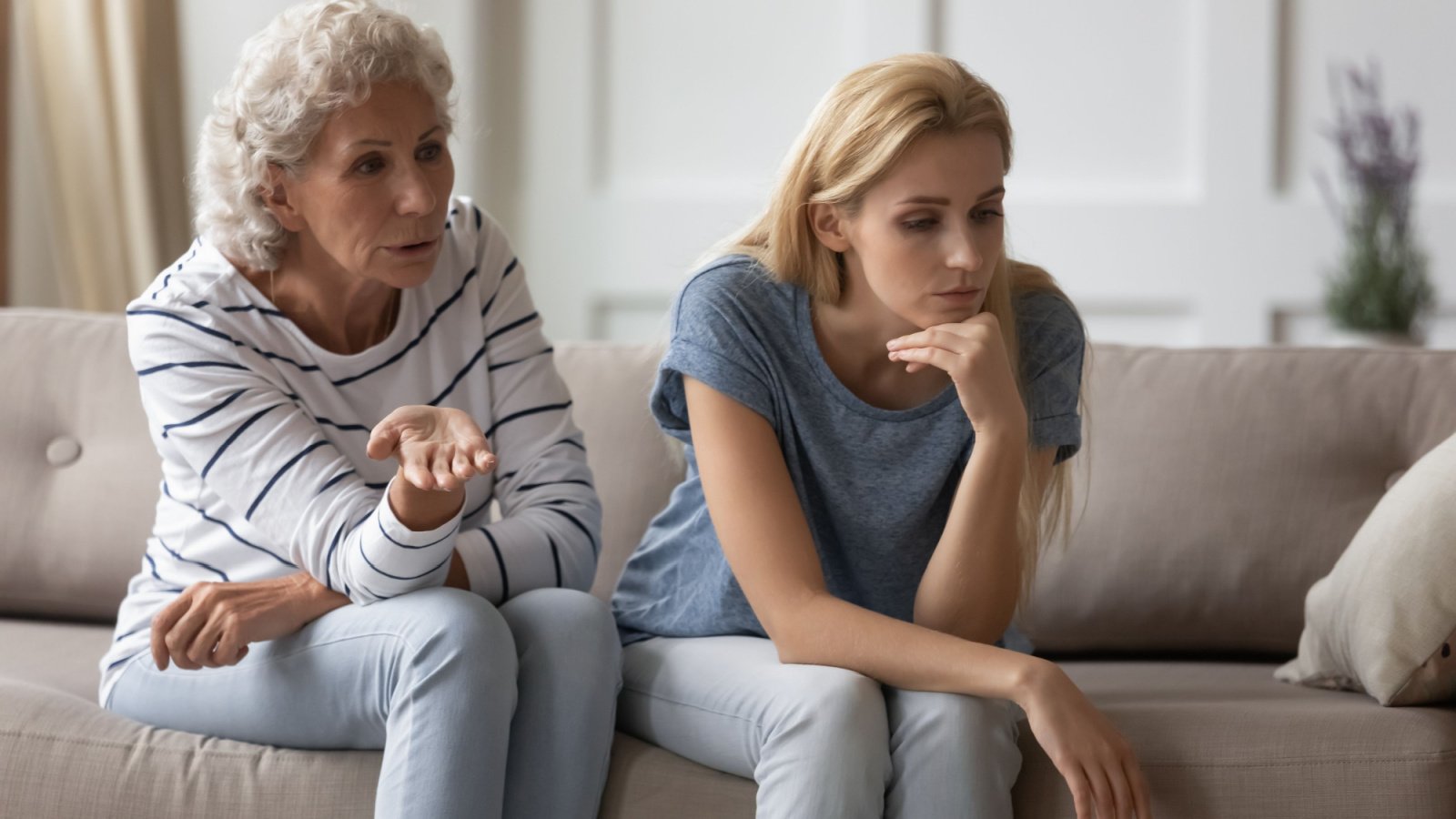
Open discussions about death can be healthy and promote better emotional well-being. These conversations encourage preparedness and can demystify the process. Avoiding the topic only contributes to fear and anxiety surrounding death.
Suicides

Many modern religious and secular communities focus on mental health and compassion rather than condemnation for suicides. Understanding the complexities of mental health issues can lead to more supportive environments.
Life Expectancy
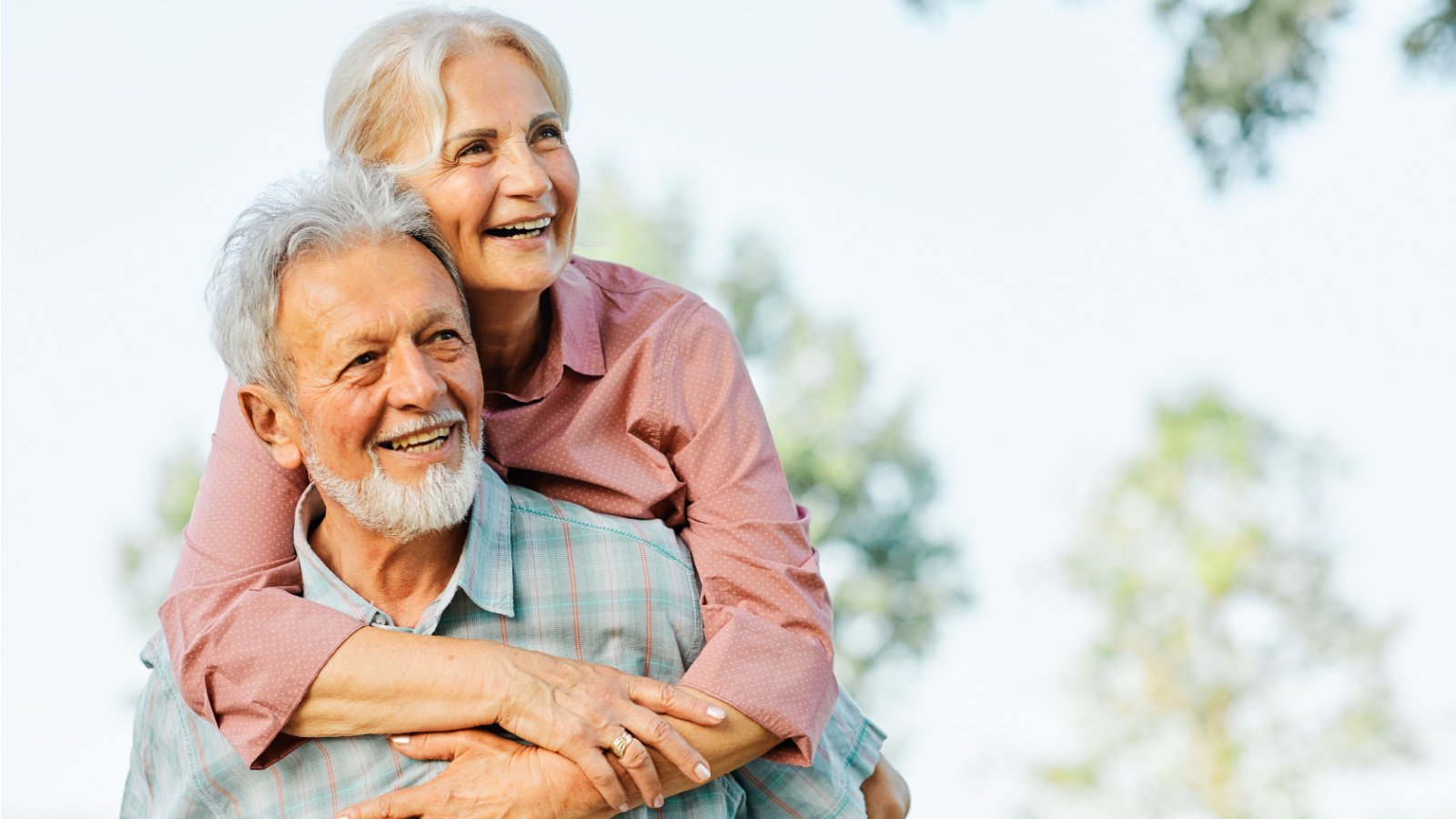
Historically, life expectancy was influenced heavily by infant mortality rates. Advances in medicine and hygiene have dramatically increased average life spans in the modern era. Examining historical life expectancy helps understand the impact of medical and social progress.
Dying Alone

Many people die alone for reasons unrelated to their social connections, such as sudden medical conditions. Hospice care and nursing homes often provide companionship in one’s final days. The circumstances of someone’s death do not necessarily reflect the fullness of their life.
Good People

Death is a biological process, not a moral judgment. Even individuals with virtuous lives may experience painful or tumultuous deaths. The nature of one’s death does not reflect their moral standing.
Old People

Death is not exclusive to the elderly; it can occur at any age. Young people also benefit from considering end-of-life plans, such as a will or advance directive. Preparing for death can alleviate burdens on families during grieving times.
No Warning

While sudden death occurs, many people experience predictable declines due to chronic illness. Hospice care helps manage end-of-life stages, which can sometimes be anticipated. Awareness of impending death can lead to meaningful last moments.








